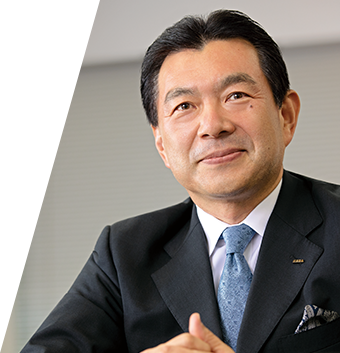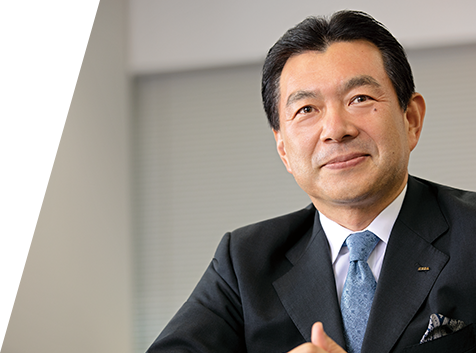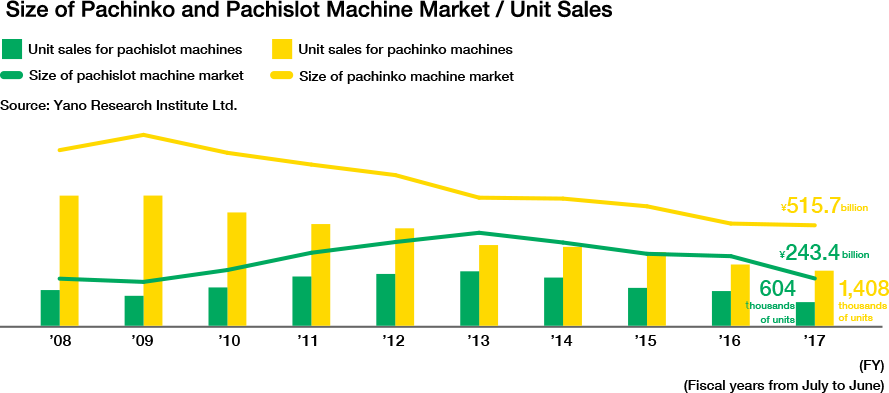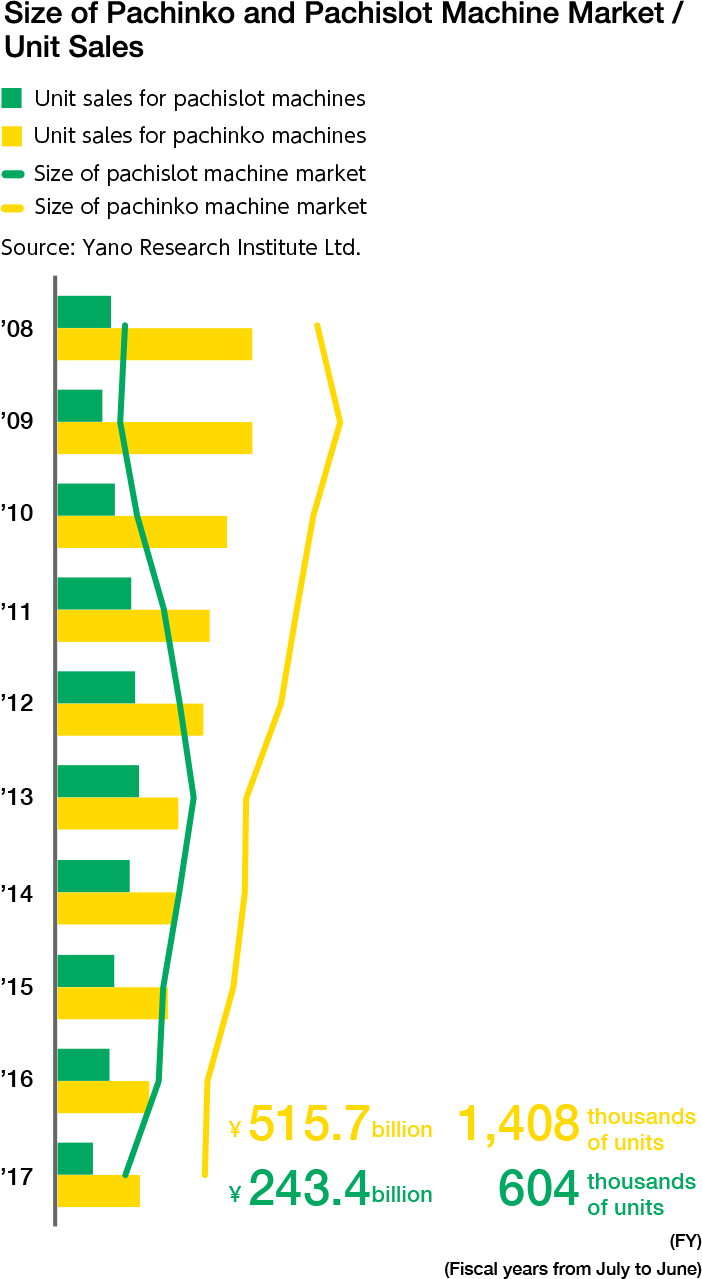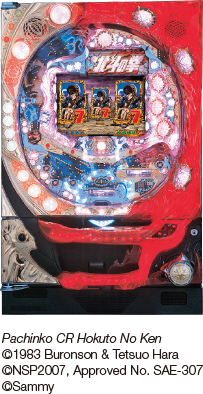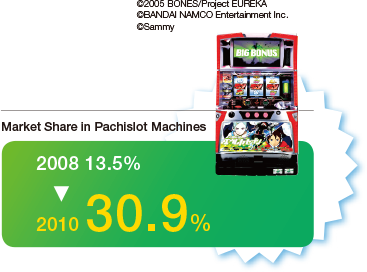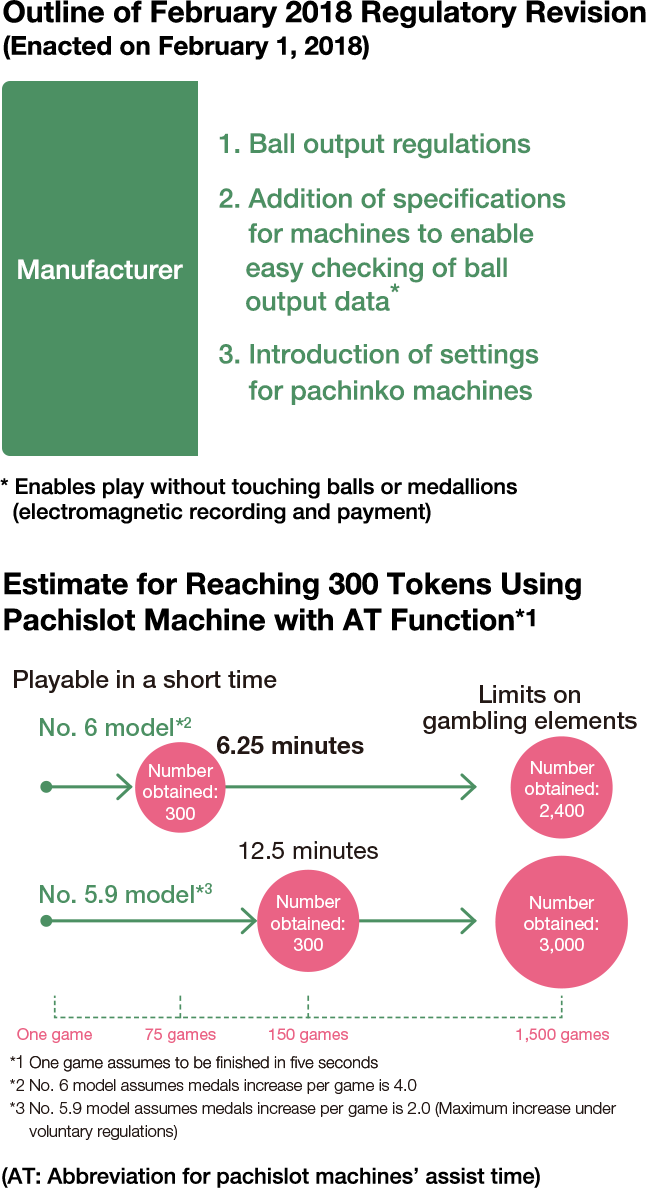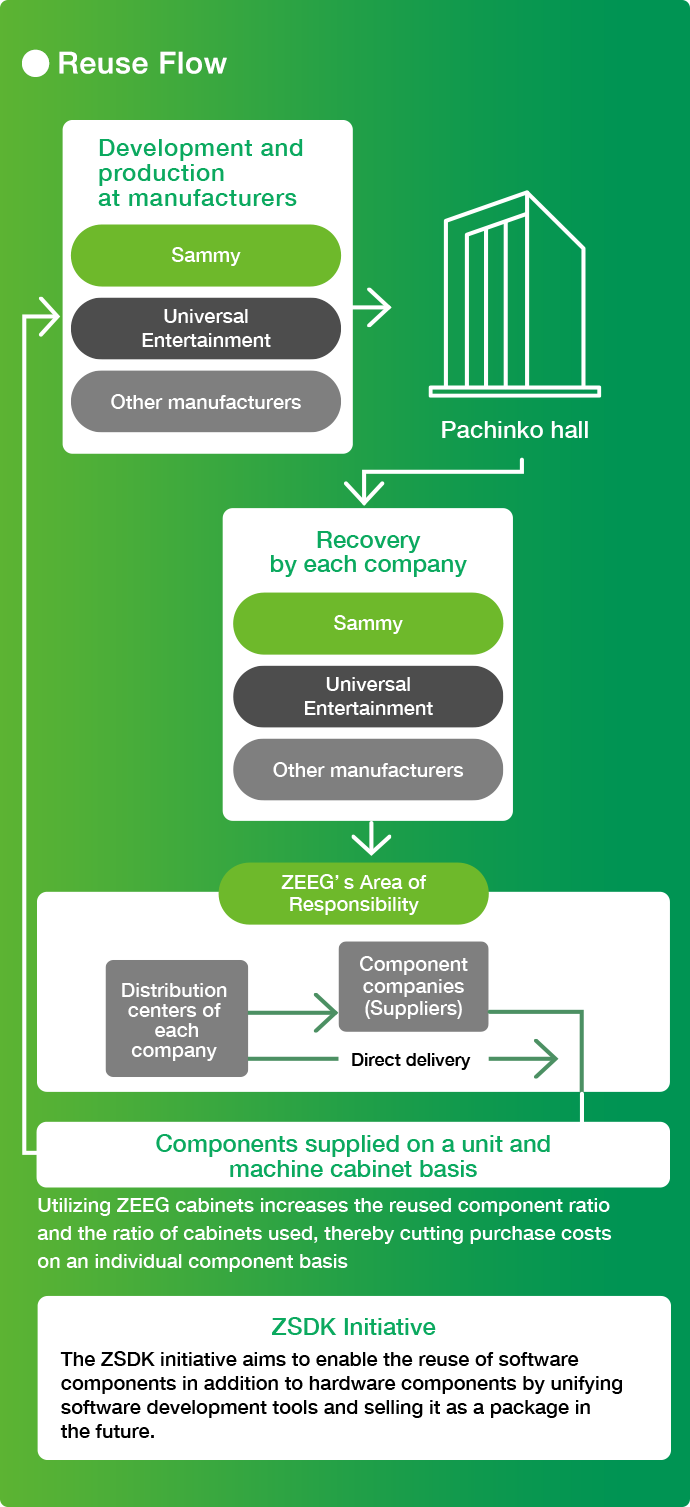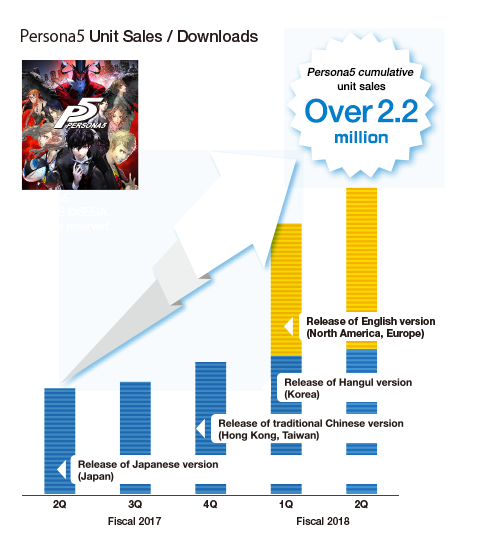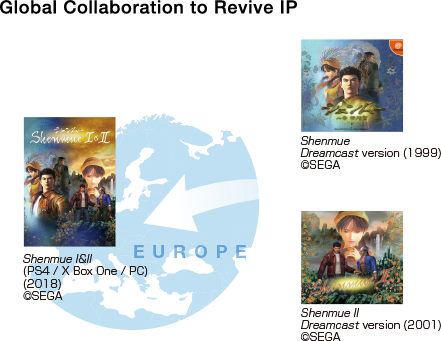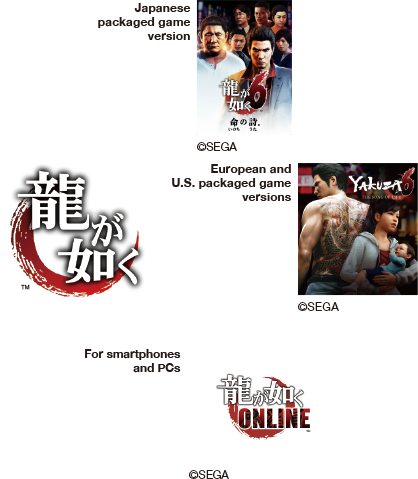In Yakuza 6: The Song of Life, althorgh the main character is played by the legendary Yakuza and set in Tokyo and Hiroshima, it has sold as many copies overseas as it has in Japan. In the past, the Japanese market has generated the bulk of sales for these series, and although it has elements that are appealing to overseas. However, the game was not developed with European and U.S. markets in mind. Thanks to painstaking efforts to create a game that Japanese fans will appreciate, the title has become popular not only in Japan but also won over fans overseas who praise the refined game sense of the title. I believe this is why Yakuza 6: The Song of Life has become such a popular hit around the world.
Improving perceptions of the SEGA Group are also a reflection of the steady repeat sales in foreign countries. In the past, the key was how many copies can be sold in the first two months of a game’s release, because thereafter it was necessary to release discounted versions and cut prices in order to move inventory. Nowadays, however, repeat sales tend to hold steady thanks to demand remaining firm for titles that have been out a few years since their original release, owing in part to successful measures to introduce series titles like the Sonic the Hedgehog series, in addition to the popularity of the Steam a game distribution platform, which has created a huge market especially in Europe. Needless to say, repeat sales after development costs are amortized are a boon for profitability.




